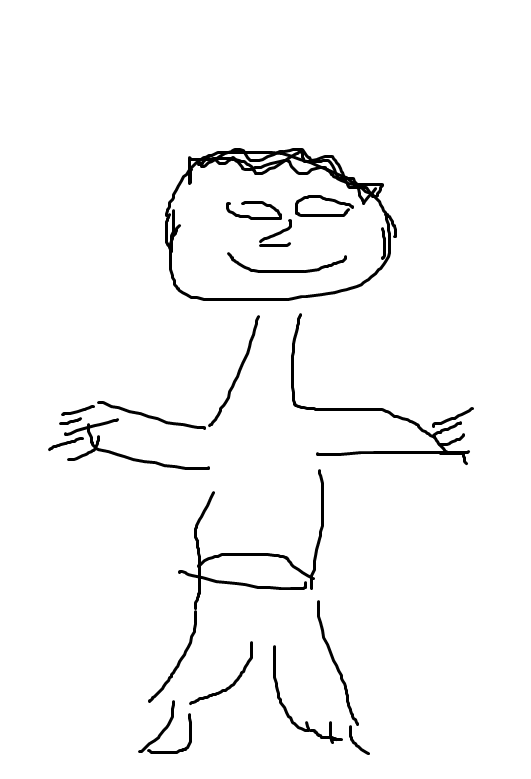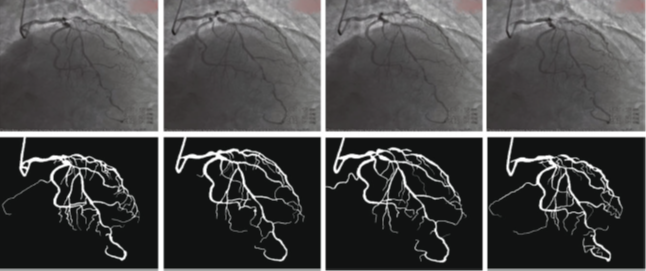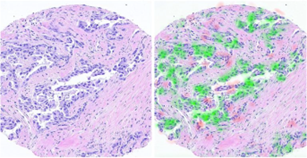Projects Proposed Projects
Please see propose projects for Spring and Winter upcoming semesters. This is a 4 academic point course. For further details please contact the laboratory engineer Yaron Honen (04-8295535, room 441).
The Perception-Robustness Tradeoff in Deterministic Image Restoration

As a continuation of our latest publication, we thought of an elegant, theoretically-based solution to assess the determinism & robustness of an image restoration algorithm via the diversity of its outputs.
הוספת אובייקטים לתמונות באמצעות תמונת האובייקט

עריכת תמונות באמצעות מודלי דיפוזיה התפתחה מאוד בשנים האחרונות. שיטות רבות מצריכות סימון ידני היכן האובייקט יתווסף. שיטה חדשה שהצענו לאחרונה מבוססת על טקסט בלבד להוספת האובייקטים לתמונה. בפרוייקט נחליף את הטקסט המתאר את האובייקט שנרצה, בתמונת של האובייקט עצמו. The field of image editing with diffusion models has advanced significantly in recent years. Traditionally, many techniques necessitated manual annotation to designate the insertion point of an object within an image. Our newly proposed method, however, relies solely on textual descriptions to integrate objects into images. In our project, we aim to substitute the textual descriptions of desired objects with their corresponding images.
Developing an Artificial Intelligence System to Detect Mild Cognitive Impairment and Alzheimer Disease Dementia through Self-Figure Drawing;

Alzheimer's disease dementia (AD) is a debilitating and prevalent neurodegenerative disease in older adults worldwide. Cognitive impairment, a hallmark of AD, is assessed through verbal tests that require high specialization, and while accepted as screening tools for AD, general practitioners seldom use them. Recent evidence indicates that early detection of mild cognitive impairment (MCI) can enable interventions that slow the rapid decline in functioning.
In this project, the students will utilize CNN-based methods to develop and test an application tailored to differentiate between drawings of individuals with MCI, AD, and healthy controls (HC).
Personalized Gan Based Editing

Developing an image editing pipeline that allows the user to edit personal photos using a user-friendly interface (dragging and text prompts). Photo Editing is a universally used tool, but few can master complex tools like Photoshop. We aim to develop an intuitive user-friendly method of editing. Where users can drag points around the picture and add text prompts to generate high-quality edited pictures. While this is possible using previously developed tools, we propose using a personal generative prior to constraining the images to the space of the person's images, thus providing a more desirable output.
Coronary angiography video segmentation method for assisting cardiovascular disease interventional treatment

Coronary heart disease is one of the diseases with the highest mortality rate. Due to the important position of cardiovascular disease prevention and diagnosis in the medical field, the segmentation of cardiovascular images has gradually become a research hotspot. How to segment accurate blood vessels from coronary angiography videos to assist doctors in making accurate analysis has become the goal of our research. In this project, the student will be required to implement a new method based on the U-net architecture. The proposed method includes three modules: the sequence encoder module, the sequence decoder module, and the sequence filter module. The high-level information of the feature is extracted in the encoder module. Multi-kernel pooling layers suitable for the extraction of blood vessels are added before the decoder module. In the filter block, we add a simple temporal filter to reduce inter-frame flickers.
High Accuracy Leaf Segmentation

Instance segmentation is the task of detecting and masking objects in an image and distinguishing between instances of the same class. Accurate segmentation of leaves in plant images is important in many agricultural applications. These include early detection of water and heat stress, identification of biological infection, monitoring of plant growth, and prediction of harvest yields. Our purpose is to use an existing instance segmentation deep neural network, and integrate it with image processing tools for better performance. In this project we will improve upon previous results, participate in an international leaf segmentation challenge, and attempt to achieve best scores
Nice or Spice? Cannabis Detection by Microscope Inspection

Synthetic cannabinoids are harmful products manufactured and distributed to circumvent legal regulations. Real cannabis can be distinguished from synthetic cannabinoids by inspecting their leaf cystoliths. Cystoliths are hairy appearing outgrowths on leaves and flowers of some plant species. The unaided eye cannot distinguish the real from the fake, but looking through a microscope, it is possible to do so. In this project we will build an artificial intelligence application for classifying real vs. fake cannabis.
Computational oncology by deep learning-based analysis of histopathology slide images

A few years ago, we showed for the first time that the molecular profile of cancer can be predicted by analysis of biopsy images, without using molecular assays. In other words, the shape of the tumor cells and the tissue architecture hold information that allows to accurately predict molecular expression, even though such molecules cannot be seen by humans by visual examination of biopsy images. Based on these findings, in the past two years we established collaborations with several medical data hospitals in Israel and abroad and extended the scope of our research to different prediction tasks in breast cancer, lung cancer, and Leukemia. We collected and scanned high quality well annotated tens of thousands of histology slides, and extended our research team, consisting of data scientists, graduate and postdoctoral students and clinical collaborators and advisors. We have recently shown how to steer our technology into assisting personalized medicine procedures. Take a part in developing an AI-based framework for analysis of histology images for improving personalized oncology - Link to the article









